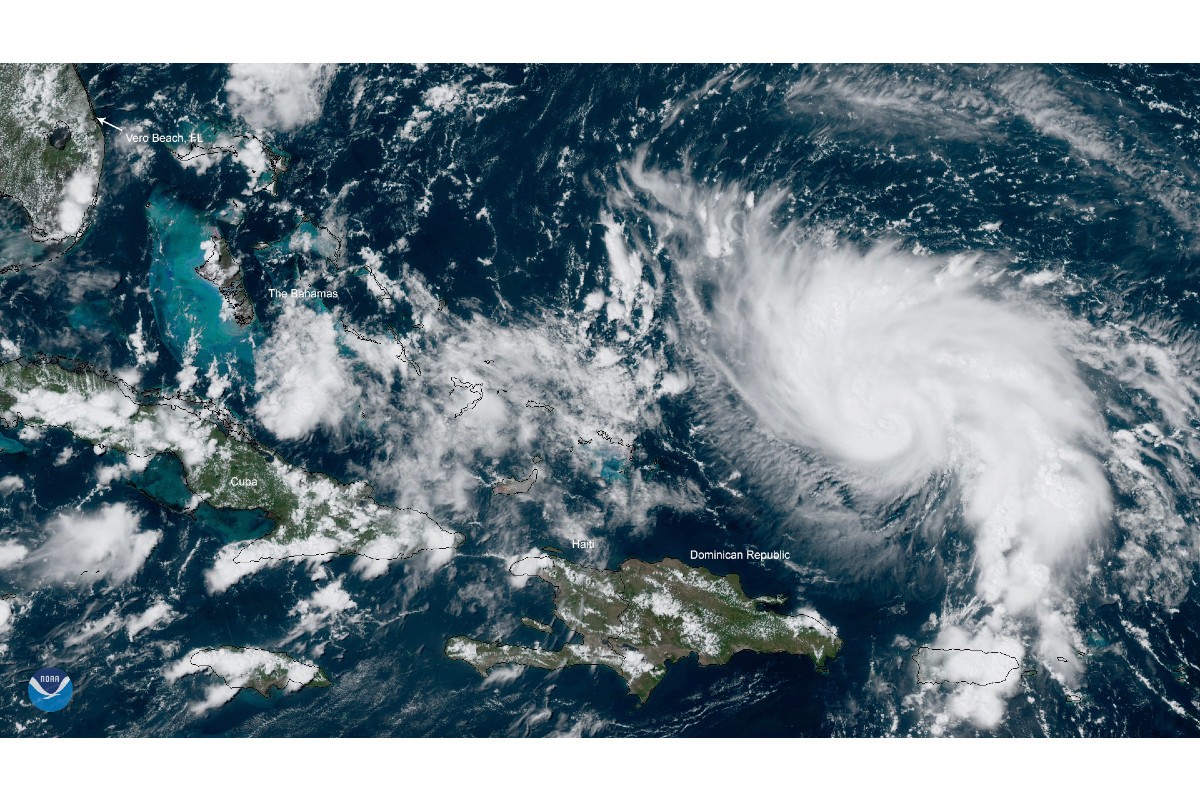Atlantic Hurricane Season runs from June 1 through November 30, with the peak of the season from mid-August to late October. Hurricane Dorian quickly demonstrated the intensity of the 2019 hurricane season. An unusually powerful and long-lived tropical cyclone, it was the fifth tropical cyclone, fourth named storm, second hurricane, and first major hurricane of 2019’s season.
The effects of a hurricane can be far-reaching. Hurricane Dorian caused disastrous damage to Caribbean Nations, especially to Grand Bahama and the Abaco Islands.
A number of preparations were made across the Atlantic Seaboard to try to prevent further devastation from Dorian. Florida, Georgia, the Carolinas, and Virginia all declared a state of emergency in anticipation of Dorian’s arrival. A host of coastal counties spanning the east coast of the US, from Florida to North Carolina, issued mandatory evacuation orders to protect their citizens.
Carnival Cruise Line made changes to itineraries and ports in order to ensure guest safety during the hurricane, and closely monitored the storm from its fleet operations center.
Disaster Preparedness and Response
In the wake of Dorian, we’re reminded the importance of disaster preparedness during hurricane season. According to an article from Homeland Security Today, the greatest hazards from tropical cyclones (which include hurricanes) include storm surge flooding, inland flooding from heavy rains, destructive winds, and high surf and rip currents. Storm surges are “historically the leading cause of hurricane related deaths in the United States” and can inflict extensive destruction along the coast.
Preparation for hurricane season can include:
- Prepare an emergency kit and double-check equipment such as generators, storm shutters, and flashlights.
- Come up with an emergency plan that details how you will get in contact with loved ones and where you will go to remove yourself from danger. Ready.gov provides helpful resources to assist you in the creation of your emergency plan.
- Familiarize yourself with the National Weather Service’s terms such as watches and warnings.
- Pay attention to announcements from national advisories as well as your local emergency operations centers to proceed safely during hurricane season.
Before, during, and after hurricanes and other tropical storms, local emergency operations centers play a vital role. Public safety in the event of a hurricane can depend on an EOC running at peak efficiency. EOC operators track and predict weather patterns on a large-format video wall and measure the potential impact of a storm. Locally based EOCs in affected areas can communicate with larger operations on state and national levels to coordinate efforts and share information and resources. In addition to the coordination of immediate response efforts at the height of the storm, EOCs also coordinate responses to incidents that can occur as a result of the storm after it has already passed such as continued flooding and mudslides.
The key to successful management of an emergency operation is the quality of data and the persistence of the emergency operations team. At Constant we commend the hard-working operators that help mitigate the effects of emergencies before, during, and after their occurrence.
If you work in an emergency operations center, make sure sure it is ready for round-the-clock use as hurricane season continues in full force, and follow safety recommendations to weather the storms.
About Constant:
Constant Technologies, Inc. provides AV integration for 24/7 video walls and custom operation center furniture. With 30+ years of experience, we can work with sensitive environments in the public and private sectors. Constant designs and installs projects of all scopes and sizes around the world. We also offer long-term service and support. We create solutions with the highest levels of security, aesthetics and functionality in mind.

